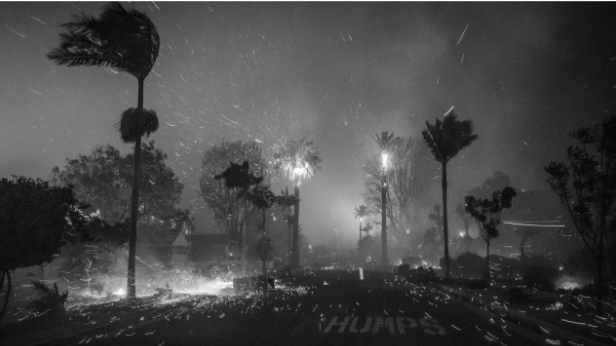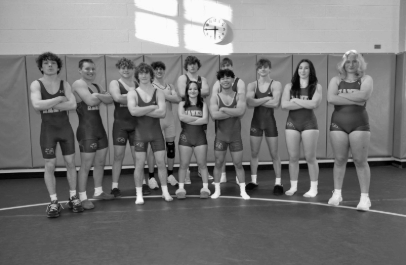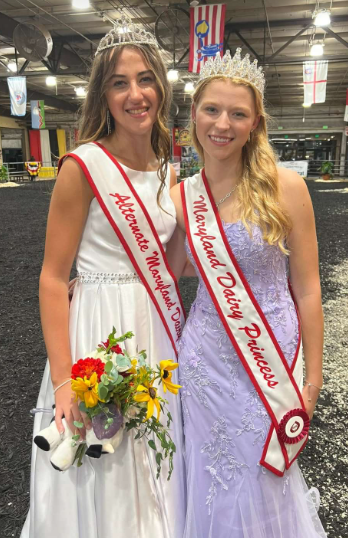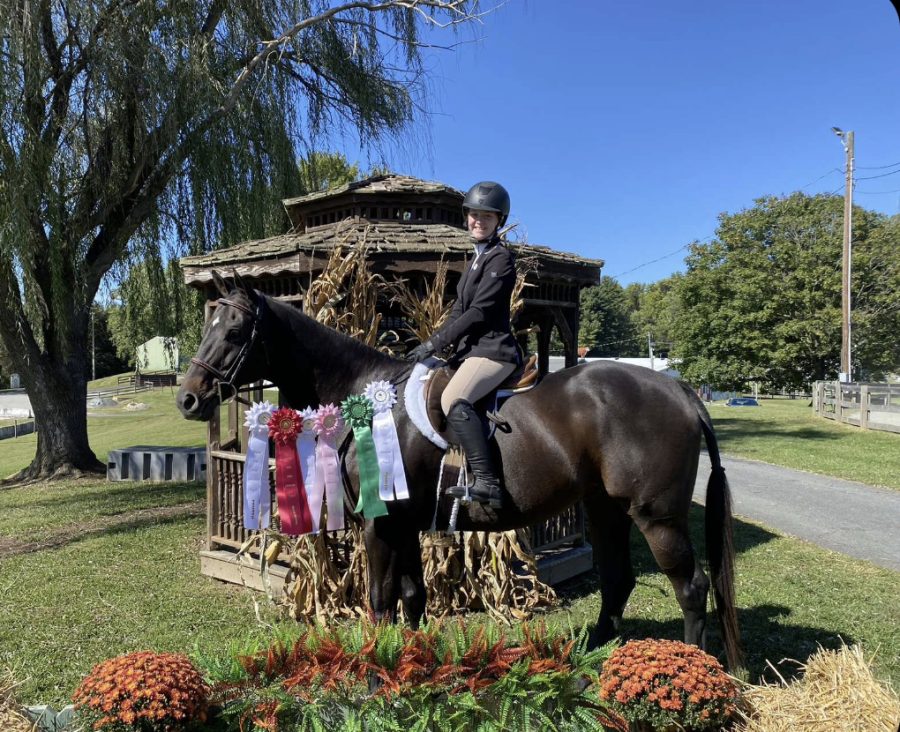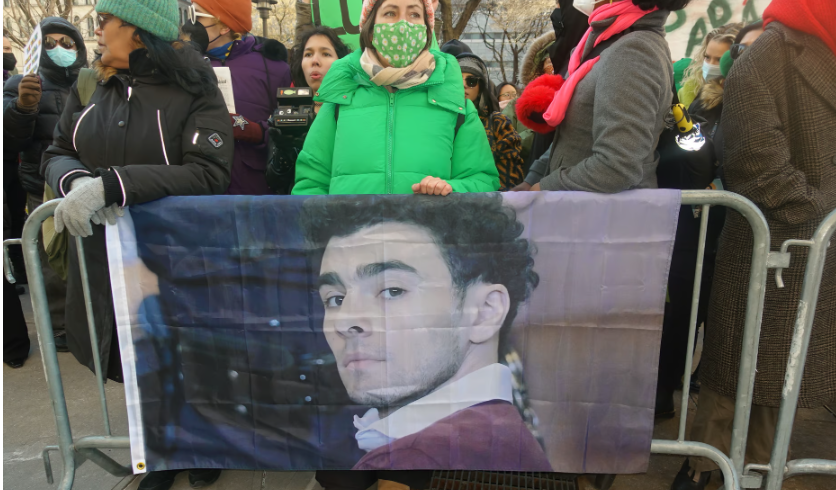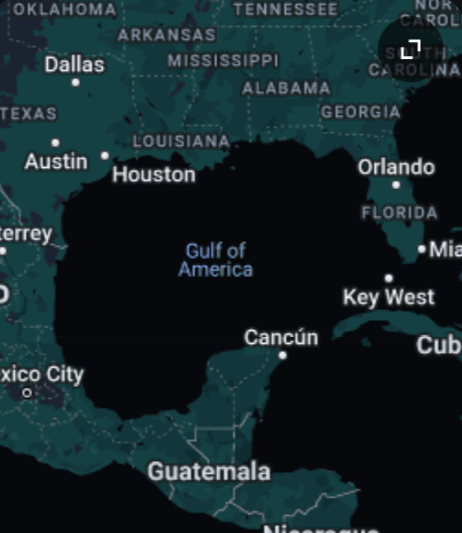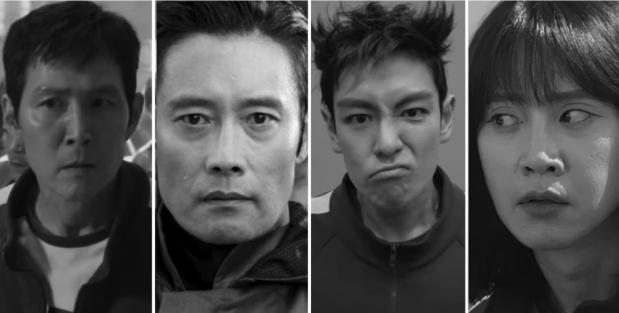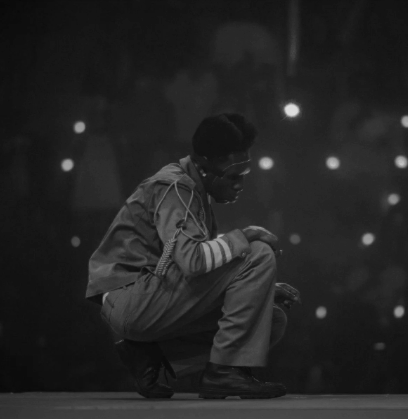Covid-19 causing more than just physical symptoms; Anxiety skyrockets among students, teachers
May 4, 2020
It’s a scary time. We’re in the midst of a worldwide pandemic, with cities and even entire countries shutting down. Some of us are in areas that have already been affected by coronavirus. Others are waiting for what may come. And everyone is watching the headlines and asking themselves, “What is going to happen next?”
As weeks of distancing turn into months, many people are experiencing a greater and greater sense of isolation. They’re also dealing with the uncertainty of when and how the pandemic will end, the fear of getting infected, and the economic crisis that has cost millions of Americans their jobs.
While the current crisis is stressful for everyone, people who already have conditions like anxiety or depression may be especially at risk, psychologists say. For people with anxiety disorders, for example, “any new stressor can make it worse.”
Teenagers have been especially stressed out by this crisis. 72% of students say their mental health has been negatively affected by Covid-19.
Sophomore Abbey Huneke says her mental health has been negatively affected because, “we’re all trapped in our houses and we don’t have social contact with anyone.” Many other students agree.
Similarly, Jackie Bultman states, “not being able to leave the house makes you feel trapped and that causes you to feel anxious.”
Teachers began developing and delivering instruction to students across the county beginning on Wednesday, April 15, under the guidance of HCPS. HCPS decided that asynchronous instruction delivered through the itsLearning platform would best meet the needs of students across the county. According to system officials, asynchronous learning allows great flexibility for students to access learning at any time and complete/submit weekly assignments on their own schedule.
Even though there is supposed to be flexibility in the work, it’s still creating challenges for students and teachers. Freshman Riley Stewart says, “Teachers are throwing all of this stuff at us at once and it’s just super overwhelming.” Sophomore Elania Huffman agreed saying, “it feels like a lot more school work than usual.”
One teacher that’s been struggling with asynchronous learning is art teacher Mrs. Lisa Campbell. She says as an art teacher, she teaches students best when giving them hands-on demonstrations and up close, immediate direction in the specific skill. “Asynchronous learning is dry and it is a learning curve for me,” she states. “When college courses offered online classes, you would never find any art lessons offered. Why- because students learn better when the ” artist” interacts with the students up close and personal,”she continues.
However, science teacher Kimberly Harris says she likes this initiative. “It offers flexibility to students. It is however difficult because the students have to do much of the figuring out on their own.” She continues, “It also requires time management skills to not fall behind or feel overwhelmed.” She thinks it’s definitely something that requires open communication between teachers and students to find an “optimal” balance.
